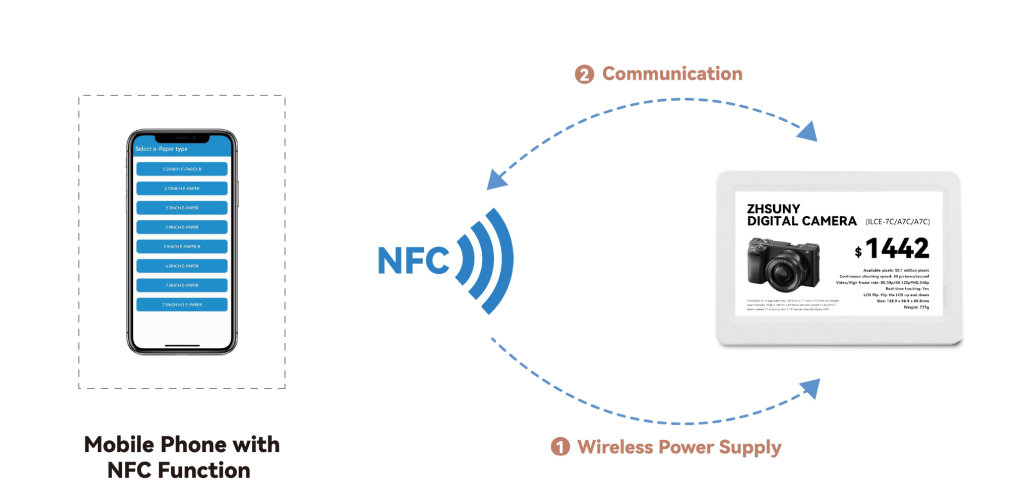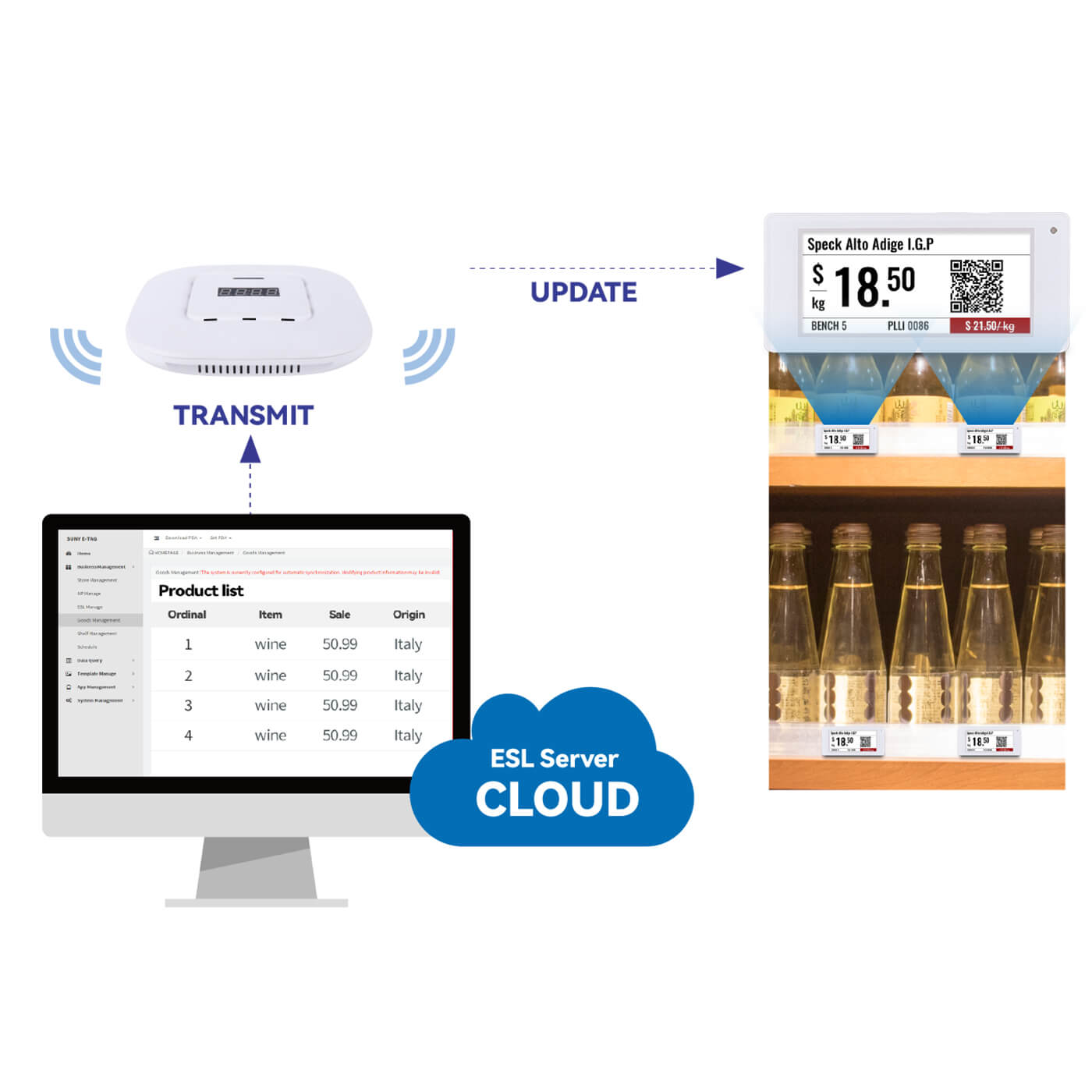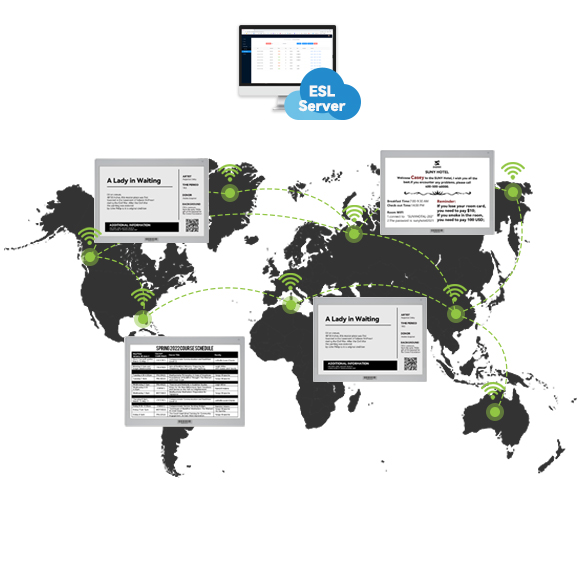In the ever-evolving world of retail technology, staying ahead of the curve is crucial for efficiency and customer satisfaction. One such advancement is the adoption of NFC Electronic Shelf Labels (NFC ESL). These digital tags are transforming how retailers manage pricing and product information. In this blog, we’ll delve into the working principles of NFC ESL and understand how they bring value to modern retail environments.
What is an NFC Electronic Shelf Label?
An NFC Electronic Shelf Label (NFC ESL) is a digital price tag that uses Near Field Communication (NFC) technology to update and display product information on retail shelves. Unlike traditional paper labels, NFC ESLs provide dynamic updates and can interact with NFC-enabled devices, offering a more interactive and efficient solution for retailers.
Key Components of NFC ESL
- Digital Display:
The display of an NFC ESL typically uses e-ink technology, known for its low power consumption and high readability. E-ink displays can show various types of information, including prices, product names, barcodes, and promotional messages. - NFC Chip:
The core component enabling communication is the NFC chip. This chip allows the ESL to receive data wirelessly from NFC-enabled devices, such as smartphones or NFC readers. - Central Management System:
This system manages all the ESLs within a store. It prepares and sends updates to the ESLs via NFC-enabled devices. The central system can be integrated with the store’s inventory and pricing management software to ensure seamless operations. - Battery:
Similar to other ESLs, NFC ESLs are powered by small batteries. Thanks to the energy-efficient nature of e-ink displays and the low power requirements of NFC technology, these batteries can last for several years.
How Does NFC ESL Work?
- Data Preparation:
The central management system compiles the necessary data, including pricing, product details, and promotional information, that needs to be displayed on the ESLs. - Data Transmission:
The prepared data is sent to NFC-enabled devices, such as a smartphone or a dedicated NFC reader, which will be used to update the ESLs. - NFC Communication:
The NFC-enabled device is brought close to the ESL, typically within a few centimeters. The NFC chip in the ESL receives the data through a short-range wireless connection established by the NFC technology. - Display Update:
Once the data is received, the ESL processes it and updates its e-ink display to show the new information. This process is quick and ensures that the information on the shelves is always current and accurate.
Advantages of NFC ESL
- Ease of Use: Updating the labels is simple and can be done by bringing an NFC-enabled device close to the ESL.
- Cost-effective: Reduces the need for frequent manual updates and paper labels, leading to long-term cost savings.
- Accuracy: Ensures consistent and accurate pricing and product information across all labels.
- Interactivity: NFC ESLs can interact with NFC-enabled smartphones, providing additional functionalities such as customer engagement through NFC tags.
Conclusion
NFC Electronic Shelf Labels (NFC ESL) offer a modern solution for retail environments, combining the benefits of e-ink displays and NFC technology. By enabling quick and accurate updates, these labels enhance operational efficiency and improve the overall shopping experience. As retailers continue to adopt new technologies, NFC ESLs are poised to play a significant role in the future of retail management.


